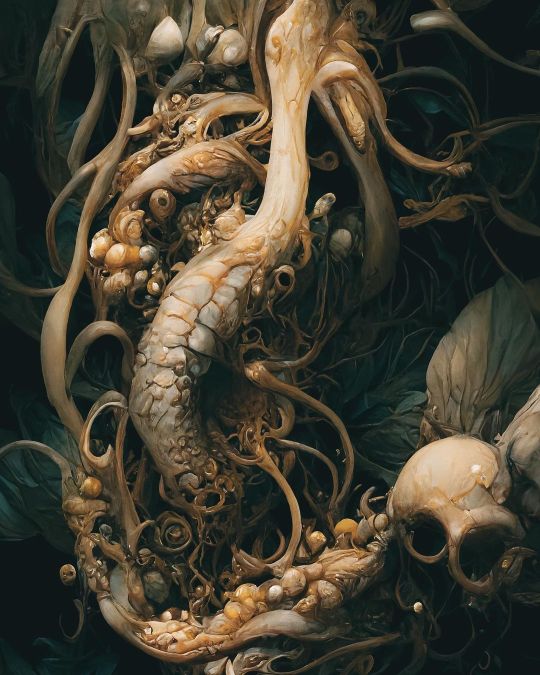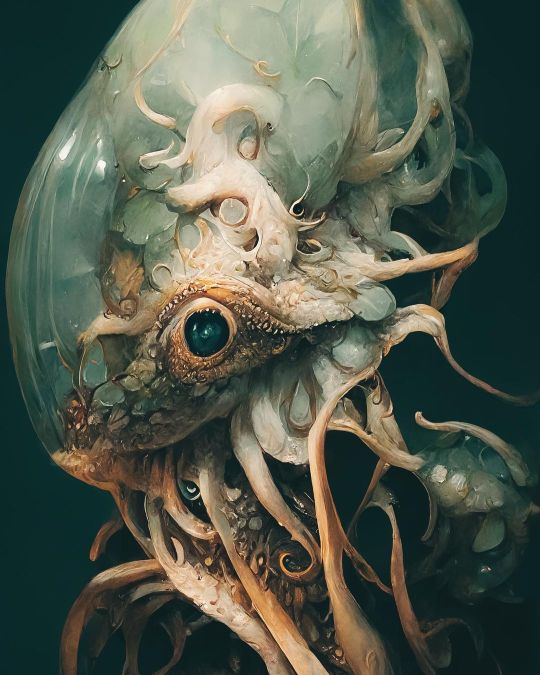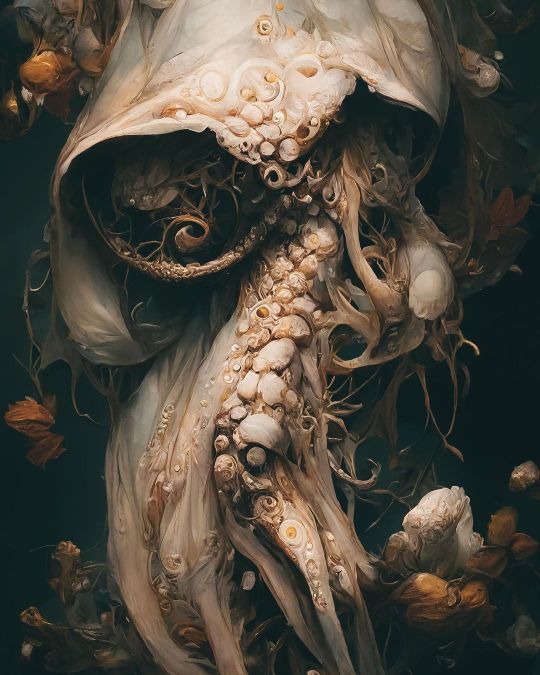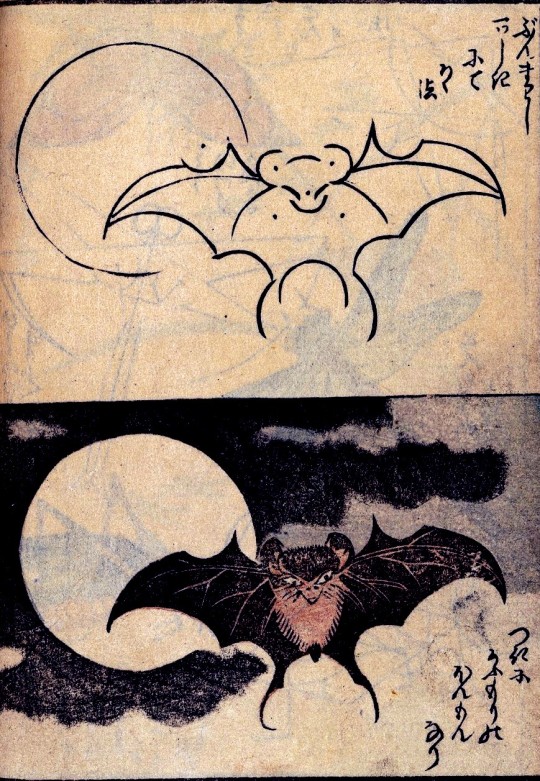Photo

Wanderungen am Meeresstrande - Hermann Wagner - 1869 - via Staatsbibliothek zu Berlin
979 notes
·
View notes
Photo
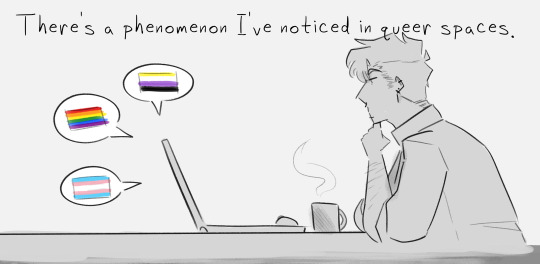
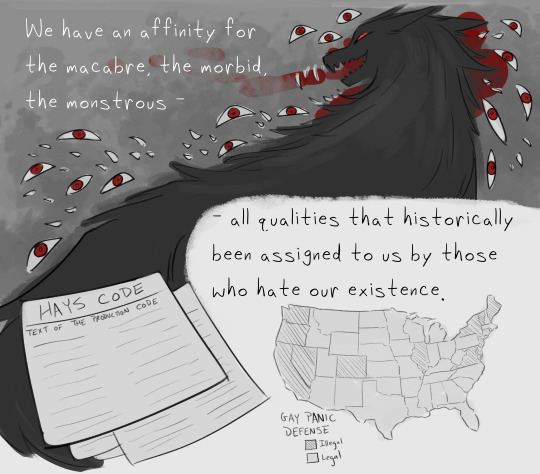
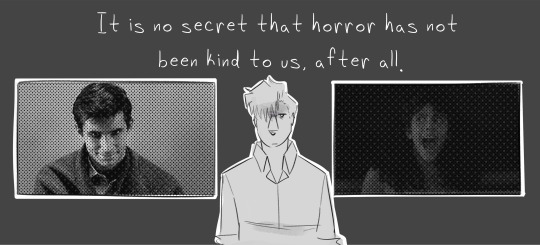
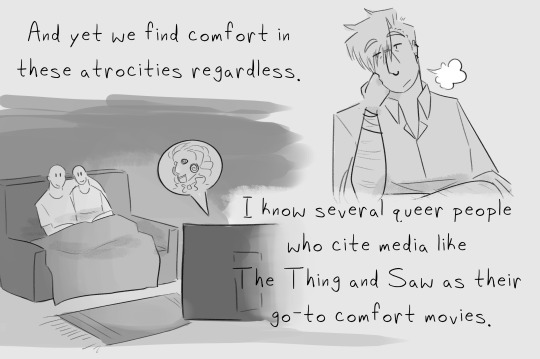
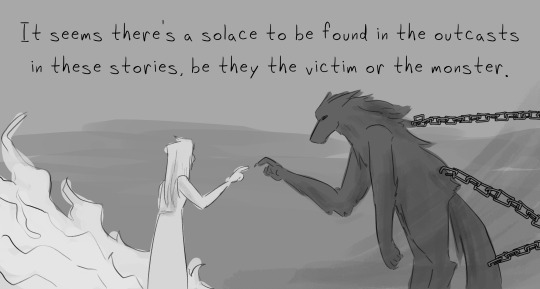
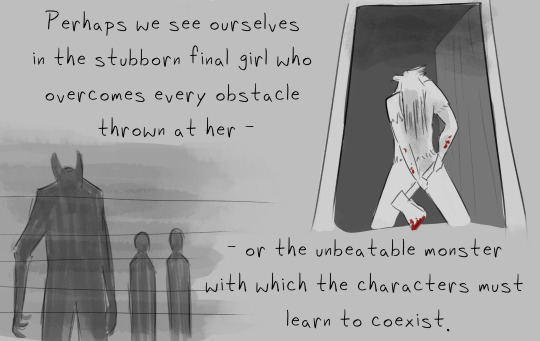


something about an act of reclamation or something
25K notes
·
View notes
Text
Arthur: I truly feel like giving Lucy my blood and becoming of one flesh makes us married in the eyes of God.
The other three men who also gave Lucy blood:
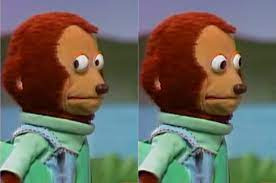
4K notes
·
View notes
Text
Robin Morgan: Monster
Listen. I’m really slowing dying inside myself tonight. And I’m not about to run down the list of rapes and burnings and beatings and smiles and sulks and rages and all the other crap you’ve laid on women throughout your history (we had no part in it—although god knows we tried) together with your thick, demanding bodies laid on ours, while your proud sweat, like liquid arrogance, suffocated our very pores— not tonight. I’m tired of listing your triumph, our oppression, especially tonight, while two men whom I like— one of whom I live with, father of my child, and claim to be in life-giving, death-serious struggle with— while you two sit at the kitchen table dancing an ornate ritual of what you think passes for struggle which fools nobody. Your shared oppression, grief, and love as effeminists in a burning patriarchal world still cannot cut through power plays of maleness. The baby is asleep a room away. White. Male. American. Potentially the most powerful, deadly creatureof the species. His hair, oh pain, curls into fragrant tendrils damp with the sweat of his summery sleep. Not yet, and on my life if I can help it never will be “quite a man.” But just two days ago on seeing me naked for what must be the five-thousandth time in his not-yet two years, he suddenly thought of the furry creature who yawns through his favorite television program; connected that image with my genitals; laughed, and said, “Monster.”
I want a women’s revolution like a lover. I lust for it, I want so much this freedom, this end to struggle and fear and lies we all exhale, that I could die just with the passionate uttering of that desire. Just once in this my only lifetime to dance all alone and bare on a high cliff under cypress trees with no fear of where I place my feet. To even glimpse what I might have been and never never will become, had I not had to “waste my life” fighting for what my lack of freedom keeps me from glimpsing. Those who abhor violence refuse to admit they are already experiencing it, committing it. Those who lie in the arms of the “individual solution,” the “private odyssey,” the “personal growth,” are the most conformist of all, because to admit suffering is to begin the creation of freedom. Those who fear dying refuse to admit they are already dead. Well, I am dying, suffocating from this hopelessness tonight, from this dead weight of struggling with even those few men I love and care less about each day they kill me.
Do you understand? Dying. Going crazy. Really. No poetic metaphor. Hallucinating thin rainbow-colored nets like cobwebs all over my skin and dreaming more and more when I can sleep of being killed or killing. Sweet revolution, how I wish the female tears rolling silently down my face this second were each a bullet, each word I write, each character on my typewriter bullets to kill whatever it is in men that built this empire, colonized my very body, then named the colony Monster.
I am one of the “man-haters,” some have said. I don’t have time or patience here to say again why and how I hate not men but what it is men do in this culture, or how the system of sexism, power dominance, and competition is the enemy—not people, but how men, still, created that system and preserve it and reap concrete benefits from it. Words and rhetoric that merely gush from my arteries when grazed by the razoredge of humanistic love. Enough. I will say, however, that you, men, will have to be freed, as well, though we women may have to kick and kill you into freedom since most of you will embrace death quite gladly rather than give up your power to hold power.
Compassion for the suicidal impulse in our killers? Well, on a plane ride once, the man across the aisle, who was a World War Two paraplegic, dead totally from the waist down, wheeled in and out of the cabin, spent the whole trip avidly devouring first newspaper sports pages and then sports magazines, loudly pointing out to anyone who would listen (mostly the stewardesses) which athlete was a “real man.” Two men in the seats directly behind me talked the whole time about which Caribbean islands were the best for whoring, and which color of ass was hotter and more pliant. The stewardess smiled and served them coffee. I gripped the arms of my seat more than once to stop my getting up and screaming to the entire planeload of human beings what was torturing us all—stopped because I knew they’d take me for a crazy, an incipient hijacker perhaps, and wrestle me down until Bellevue Hospital could receive me at our landing in New York. (No hijacker, I understood then, ever really wants to take the plane. She/he wants to take the passengers’ minds, to turn them inside out, to create the revolution 35,000 feet above sea level and return to the takeoff country with a magical flying cadre and, oh yes, to win.) Stopping myself is becoming a tactical luxury, going fast.
My hives rise more frequently, stigmata of my passion. Someday you’ll take away my baby, one way or the other. And the man I’ve loved, one way or the other. Why should that nauseate me with terror? You’ve already taken me away from myself with my only road back to go forward into more madness, monsters, cobwebs, nausea, in order to free you—men—from killing us, killing us.
No colonized people so isolated one from the other for so long as women. None cramped with compassion for the oppressor who breathes on the next pillow each night. No people so old who, having, we now discover, invented agriculture, weaving, pottery, language, cooking with fire, and healing medicine, must now invent a revolution so total as to destroy maleness, femaleness, death.
Oh mother, I am tired and sick. One sister, new to this pain called feminist consciousness for want of a scream to name it, asked me last week “But how do you stop from going crazy?” No way, my sister. No way. This is pore war, I thought once, on acid.
And you, men. Lovers, brothers, fathers, sons. I have loved you and love you still, if for no other reason than that you came wailing from the monster while the monster hunched in pain to give you the power to break her spell. Well, we must break it ourselves, at last. And I will speak less and less and less to you and more and more in crazy gibberish you cannot understand: witches’ incantations, poetry, old women’s mutterings, schizophrenic code, accents, keening, firebombs, poison, knives, bullets, and whatever else will invent this freedom.
May my hives bloom bravely until my flesh is aflame and burns through the cobwebs. May we go mad together, my sisters. May our labor agony in bringing forth this revolution be the death of all pain.
May we comprehend that we cannot be stopped.
May I learn how to survive until my part is finished. May I realize that I am a monster. I am a monster.
I am a monster.
And I am proud.
0 notes
Link
I wrote a review of a book and it’s been published in Supernatural Studies. Please read!
0 notes
Photo

Eco-Vampires: The Undead and the Environment, by Simon Bacon, Routledge, 2020. Info: routledge.com.
This work studies the ways vampiric narratives explore the eco-friendly credentials of the undead. Many of these texts and films show the vampire to be an essential part of a global ecosystem and an organism that can no longer tolerate the all-consuming forces of globalization and consumerism. Re-examining Bram Stoker’s Dracula and a range of other vampire narratives, primarily films, in a fresh light, this book reveals the nosferatu as both a plague on humankind and the eco-warriors that planet Earth desperately needs.
Contents: Acknowledgments Introduction 1. Dracula the Environmentalist: The Land Beyond the Forest 2. Vampiric Sustainability: The Undead Planet 3. Undead Eco-Warrior: The End of the World as We Know It 4. The End of the End: Consumerism Will Eat Itself 5. Vampire Ecosystems: It Came from Outer Space Filmography Bibliography Index of Terms
20 notes
·
View notes
Text
youtube
Hyperrealist Hybrids.
3 notes
·
View notes
Photo



Does The Mothman Exist?
100+ witnesses report sightings
From November 1966 to Dec. 1967 at least 100 people witnessed the Mothman in and near Point Pleasant, WV. The first reported sighting was when five men were in a cemetery, preparing for a burial. Suddenly a strange and frightening creature flew off of nearby trees and flew right over their heads. They reported that it looked like a brown human with huge wings, that glided, not flapped. The creature was about 7 feet tall and had huge red eyes. The men’s stories all matched each other’s and they were all clearly distressed. The following year was full of reported sightings. One night two married couples drove past an old abandoned TNT plant near Point Pleasant, WV, when they noticed something shaped like a man, but with wings. It stood about seven feet tall. It had it’s wings folded against it’s back. They sped away. A few moments later, they saw it again on a hillside along the road. They were panicking. It spread it’s wings and rose into the air, following their car. It followed them to Point Pleasant. Four more witnesses claimed to see the creature three different times that same evening.
The news of this creature spread all over the world very quickly, and the creepy man-bird was dubbed the Mothman. John Keel, a paranormal investigator spent most of that year seeking out the Mothman. He wrote a book, The Mothman Prophecies, which was later adapted into a movie.
In Dec. 1967 the Silver Bridge collapsed killing forty-seven people. Keel stated he had been recieving mysterious and eerie phone calls, and had been warned about the bridge, but not knowing the truth behind it, he hadn’t wanted to start a panic. He was no where near the bridge when the tragedy happened. Many people blame the collapse on the strange sightings of that year. There is no real proof on this.
There were no Mothman reports in the immediate aftermath of the December 15, 1967 collapse of the Silver Bridge, giving rise to legends that the Mothman sightings and the bridge collapse were connected.
Claims of later sightings
UFOlogist Jerome Clark writes that many years after the initial events, members of the Ohio UFO Investigators League re-interviewed several people who claimed to have seen Mothman, all of whom insisted their stories were accurate. Linda Scarberry claimed that she and her husband had seen Mothman “hundreds of times,” sometimes at close range, commenting, “It seems like it doesn’t want to hurt you. It just wants to communicate with you.”
Cryptozoologist Loren Coleman claims that sightings of Mothman continue, and told USA Today he re-interviewed witnesses described in Keel’s book who said Mothman was “a huge creature about 7 feet tall with huge wings and red eyes” and that “they could see the creature flapping right behind them” as they fled from it.
The Sound of a Monster
Often encountered, but never caught. This appears to be the legacy of Mothman, which has haunted us all long after its last sighting. In April 1976, after Jerome Clark had returned home from his investigatory jaunt through the Rio Grande Valley, talking to eyewitnesses about the weird batman reports down there, he was interviewed by telephone by Vic Wheatman, who co-hosted with Loren Coleman for a fortean radio show on Boston’s WBUR-FM. The interview, taped for later broadcast (it eventually aired May 24), went without incident. It was only when Wheatman and Coleman had the technical staff play the tape back that they realised something extremely odd had occurred. Midway through the conversation, Coleman asked Clark if he saw any similarity between the Texas Big Bird reports and the “Mothman” reports ten years earlier. “Very definite similarity,” Clark replied. “Now, John Keel, of course, is the man who did the research on Mothman. Keel claimed that there is a connection between these sightings and UFOs. if there’s any such connection with the Big Bird, I was unable to prove it… All I know is that this thing doesn’t have any business existing in the Rio Grande Valley or anywhere. This is really something out of the ordinary. I have no idea where it is coming from.” As he spoke these lines, Clark heard nothing of the ordinary on his end. Neither did Wheatman and Coleman on theirs. Yet on the tape, immediately after the word “sightings” in the third sentence, there is a loud unmistakable and very startling EEPPP! sound – precisely the sound Mothman is supposed to have made. (“It squeaked like a big mouse,” one of the original Mothman witnesses had commented in 1966.) When radio station presonnel heard the sound, they could offer no explanation, unless it originated with Clark, which it didn’t. It remains a spooky episode in our lives, and makes us wonder about the mechanisms of this phenomena.
Theories
For some critics, there is nothing in the original accounts of the “Mothman” sightings that cannot be explained by misidentifications of a few sandhill cranes or turkey vultures. After the initial November 1966 sightings of Mothman in the TNT area near Point Pleasant, Robert Smith of the biology department at West Virginia University was reported to have said he thought it was a sighting of a rare sandhill crane. Zoologists at Ohio University, however, pointed out that the crane would be a rare sight indeed in Ohio and West Virginia, since it lived on the plains of Canada. Shown pictures of the sandhill crane, witness Roger Scarberry scoffed at the suggestion. Mary Mallette, who also saw it, said: “I just wish Dr. Smith could see the thing.” The gathering of all reports under the umbrella term, “Mothman,” was unfortunate. John Keel’s interviews and later writings tend to lump all of the large, man-sized, gray-bodided, red-glowing eyed creature reports together. While any of us, with hindsight, can now clearly see that some of these reports were entirely mundane bird sightings, Keel was in the middle of a vortex. Separating the wheat from the chaff must have been difficult as he was bombarded with new reports and his own personal saga of troubles in Point Pleasant. But real birds were undoubtedly part of the mix. In the midst of the flap, a snowy owl and a turkey vulture were “caught.” A detailed multiple witness sighting in Lowell, Ohio, near Cat’s Creek (70 miles north of Point Pleasant), on November 26, 1966, had four people seeing a flock of four large birds in some tree for two hours. Eyewitness Ewing Tilton said they appeared to be 4-5 feet tall with a 10 foot wingspan. “They had dark brown backs with some light flecks. Their breasts where gray and they had five-to six-inch bills, straight, not curved like those of hawks or vultures,” said Tilton. Another witness, Marvin Shock, reported the heads had a “reddish cast.” This sighting may have been a view of common birds, needless to say, perhaps sandhill cranes. But clearly, other things were going on.
Giant Owls
Cryptozoologist Mark A. Hall, the author of a thought-provoking article called “Bighoot – The Giant Owl” in Wonders Vol. 5, No. 3., September 1998, theorizes that Mothman may be a giant species of undiscovered owl. Hall defines “Bighoot” as: “A bird of prey in the order of Strigiformes. In size larger than all other owls. Never scientifically described. Observed in the wild in the eastern U.S.A. in the states of Ohio and West Virginia. Folklore of similar birds is found elsewhere in the world.” Hall’s treatment is the first clearly zoological and cryptozoological re-examination of the Mothman reports – separating the tangibles from the paranormal theories of John Keel. Hall lists evidence to link the Mothman sightings to a large unknown owl in the area. Hall notes that these birds have been around Point Pleasant for a very long time, as their presence is noted in many Indian legends. The American Indians called them “Flying Heads” or “Big Head,” quoting the Iroquous, the Tuscarora, and the Wyandot Indians as saying, “They were huge, bodiless heads, covered in long hair from which protruded sharp nailed claws. With open mouths and fiery eyes the Big Heads flew about in storms, the wind keeping them up by their masses of hair.” Researcher Hall uncovered this entry by William Connelly in this description among the Wyandots from Ohio: “The Flying Heads plagued the Wyandots. They were more dangerous and troublesome during rainy, foggy, or misty weather. They could enter a cloud of fog, or mist, or rime [ice], and in it approach a Wyandot village unseen. They were cruel and wicked hooh-kehs and cannibals. They caused sickness; they were vampires, and lay in wait for people, whom they caught and devoured. They carried away children; they blighted the tobacco and other crops; they stole and devoured the game after the hunter had killed it.” One surprising tidbit that Hall discovered was a report of a large bird from the early 1900s at Point Pleasant, West Virginia. It certainly sounds like a precursor to the Mothman accounts of years later – in exactly the right area. In a book called Haunted Valley and More Folk Tales by James Gay Jones, an emeritus professor of history and Glenville State College, Hall found this gem: In the early 1900’s at Pt. Pleasant, a large bird with the head of a man and a wingspan of at least 12 feet was seen. It appeared just prior to or immediately after the occurance of a tragic event… It was also seen by rural farm families in Mason, Jackson, Roane, Clay and Kanawha counties. By World War I, birdman was observed flying over Looneyville, up Johnson Creek, down Gabe in Roane County thence down Elk Valley into the Kanawha. Its monstrous size and dark reddish feathers which glistened in the sunlight cast fear in all who saw it. Parents kept children indoors after sightings. After World War II people said they were chased by a huge bird while traveling on the highways of Mason, Jackson, and Wood counties near the Ohio River. In the post-World War II era Hall notes, people reported being chased by mysterious birds on the roads where Mothman would later be seen. “These birds, in common with the enormous Thunderbirds,” he writes, “seem at times to take advantage of the artificial air currents created by automobiles. The effect on humans in the vehicles is startling, but the birds are looking for a natural advantage. Soaring flight is important to large birds… It is their automobiles that have created this situation.” Mark Hall senses that Mothman/Bighoot may have developed a protective mimicry that “has been utilized by the giant owls to disguise themselves as upright trees and logs lying on the ground… An example of this mimicry in action comes in a report from a woman in Ohio who observed something she could not understand. She saw this thing at Rocky Fork Lake in southern Ohio around August of 1982. About a year later she saw a similar sight at the same lake.” The witness said that “…while fishing in Rocky Fork Lake in Ohio we drifted into a pristine cove on the SW side and noted with utter disbelief an old tall topless tree trunk approx 9-10 feet height, 112 inches around, move about 4 ft. sideline. (This was on shore about 20 ft. inland aming like-looking trees, with underbrush.) Again it moved, only this time there was a partial twisting or rotation from the top 18-24 inches. It slowly maneuvered backward (keeping erect like a tree) into the woods with NO NOISES from it or underbrush as graceful as a bird thru a tree. It stopped in the mid of a sunlight clearing…” She then writes that “wings unfolded with a span greater than most small airplanes.” After awhile she reports it returned to its “tree appearance.” She saw the “semblence of two eyes” and thought it was watching them. The sun went down and the sight was lost to view. Then: “One year later, same lake and a half mile or so from that first cove this figure appeared near shoreline again. (It seemed taller or leaner.) This time [I] got a look at its legs and feet – yellowish grainy like chicken legs… they were so thin and short for its height. Three long slender toes with a hooked toe or nail on lower leg.” For Hall, Bighoot, the North American giant owl, is the answer. Keeping an open mind, I see it as one option among many. A hand full of researchers have made the connection between the Mothman and the Owlman, a ‘huge great thing with feathers, like a big man with flapping wings’ reported in Cornwall, Uk. Although some physical descriptions of the two seem to match up, the Mothman is thought to be a harbinger of doom whose appearance is preceded by a great disaster, however nothing that would be considered a disaster has occurred in the almost 30 years of Owlman sightings. To this day the origins of the Mothman remain a mystery and the sightings of the creature remain unexplained. Sources: Mothman and Other Curious Encounters By Loren Coleman en.wikipedia.org/wiki/Mothman christineritter.hubpages.com/hub/Does_The_Mothman_Exist Top Illustration credit to Duncan Hopkins beyondbeyond.com
Cryptid Chronicles readers, what do YOU think about the Mothman??
Hey Cryptid Fans & CC Readers — WE ARE APPROACHING OUR ★★★ 200th Post Giveaway! ★★★ YOU STILL HAVE TIME TO PARTICIPATE AND YOU COULD WIN!! DON’T MISS OUT!! To discover more cryptids and mysterious creatures, or see more Mothman posts please follow us at cryptidchronicles.tumblr.com or on twitter @cryptidfans
352 notes
·
View notes
Photo

We cycle through life and death, regrowth and decay, endlessly circling through the lonely expanses on this fragile planet. This is an 18″ by 18″ commission painting I completed last year.
1K notes
·
View notes
Photo
Did she just feed her mate to the bird? What is happening?

ladyhawke
Apocalypse (‘The Cloisters Apocalypse’), Normandy ca. 1330
NY, The Metropolitan Museum of Art, The Cloisters Collection, 1968, 68.174, fol. 22v
7K notes
·
View notes
Photo
Article in The Sun and other conservative UK ‘news’ outlets. There was an interesting take on this from The Guardian about how it’s not actually stupid journalists who don’t get the novel. Such headlines are testament to the Zeitgeist that sees empathy and human rights in decline. The monsters we think we know change right in front of our very eyes!

100K notes
·
View notes
Photo
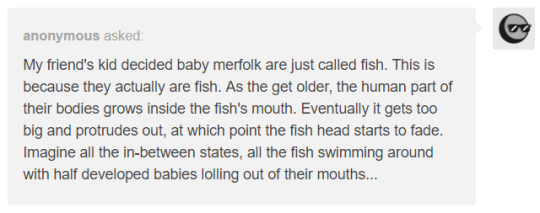

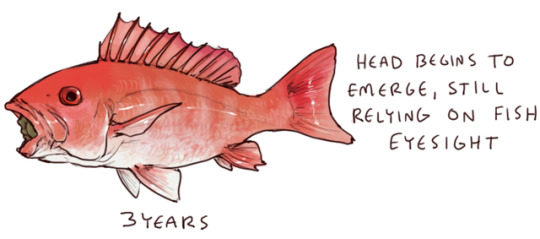


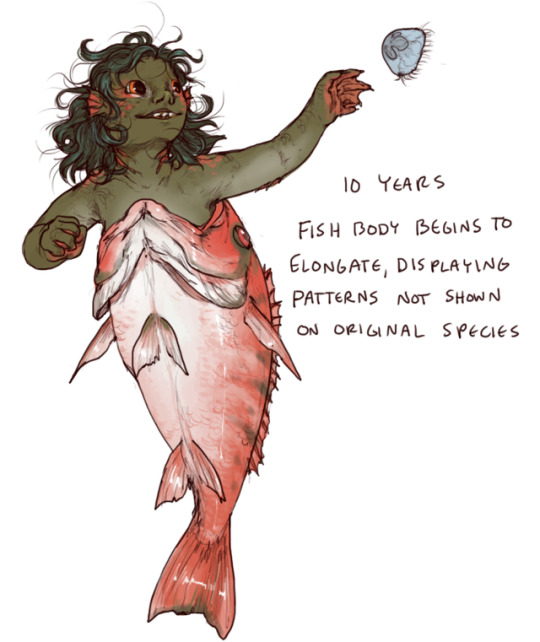
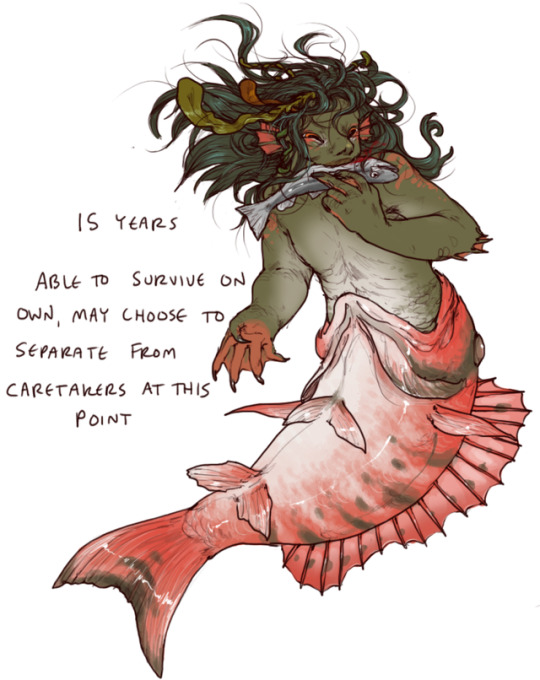
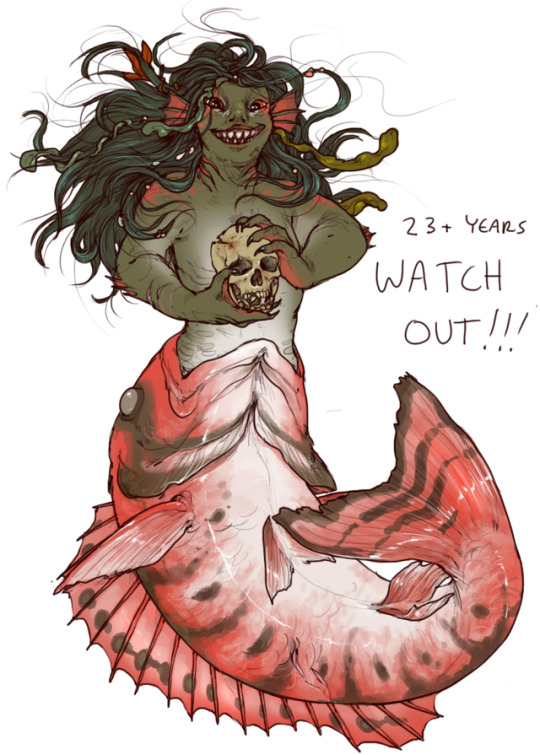
did you know red snapper can live for over 100 years…. whatre they DOING down there
518K notes
·
View notes
Photo
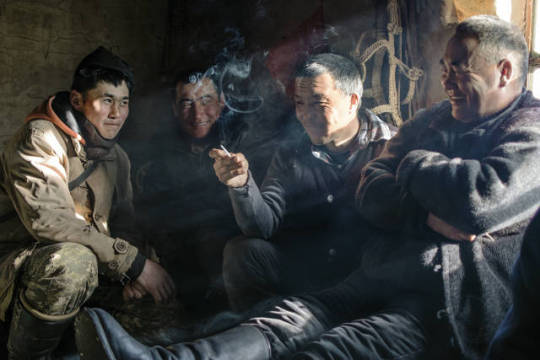

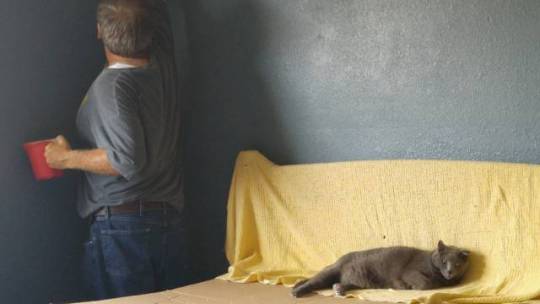





Photos That look Like Renaissance Paintings
325K notes
·
View notes
Text
FRANKENSTEIN Turns 200!
This Day in World History: On January 1st, 1818, Mary Shelley’s Frankenstein; or, The Modern Prometheus was published by the small London publishing house Lackington, Hughes, Harding, Mavor, & Jones. It was issued anonymously, with a preface written for Mary by her husband, Percy Bysshe Shelley, and with a dedication to philosopher William Godwin, her father. It was published in an edition of just 500 copies in three volumes, the standard “triple-decker” format for 19th-century first editions.
Mary Shelley would receive credit as the book’s author in the second edition of Frankenstein, published four years later – August 11th, 1822 – in two volumes (by G. and W. B. Whittaker) following the success of the stage play Presumption; or, the Fate of Frankenstein by Richard Brinsley Peake.
The (one-volume) edition most widely published and read now was first released nine years after that – on October 31st, 1831 – and was heavily revised by Mary Shelley, partially to make the story less radical, and included a lengthy new preface by the author, presenting a somewhat embellished version of the genesis of the story.
2K notes
·
View notes
